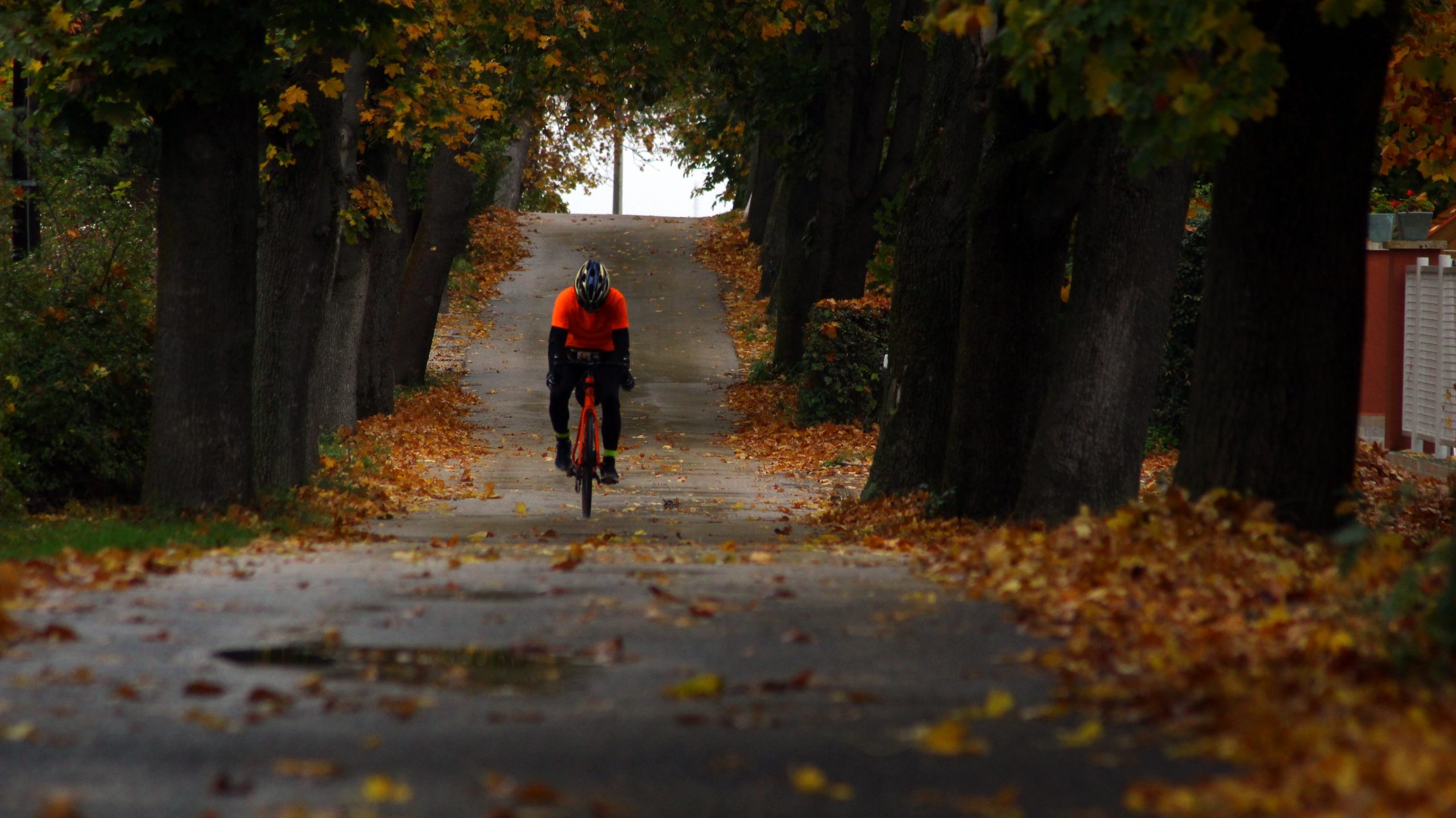How to look after your bike in worsening weather

We will soon be heading into winter which means shorter days, colder temperatures and fouler weather. These worsening conditions can wreak havoc on your bike so staying on top of bike maintenance is arguably more critical than at any other time of the year. Add to that a global bike component shortage and you have a perfect storm of factors that are trying to keep you off the saddle.
But fear not, with a little ingenuity, creativity and know-how, you can keep your bike on the road through the winter. In this article, we take a quick look at why competent bike maintenance is more important than ever and cover some of the ways to winter-proof your bike.
What’s the deal with the component shortage?
You have no doubt noticed that shortages seem to be in vogue this year. At first it was near impossible to get a new bike to the UK thanks to COVID-19, with Brexit compounding the situation. Now the problem has extended to bike parts too.
This is because demand has been far outstripping supply ever since the start of the first lockdown. Having more people on bikes can only be a great thing, but what is clear is that the industry was not prepared for its newfound popularity.
Just as bike shops here in the UK were allowed to remain open to service key workers, production factories in Asia were temporarily closed causing a huge knock-on effect. This had a particularly large effect on the sub £1,000 bike and budget maintenance markets. Add to that a UK fuel shortage and global shipping container crisis and it’s clear that you need to be a sleuth to find even the cheapest alternatives.
With the situation likely to continue throughout 2022 and into 2023, it’s vital that you keep your current bike and its components healthy.
Take care of your bearings
The thing that ruins your bike during winter is harmful grit. When the surface is loose and dirty, these corroding particles are washed up into your bikes bearings and begin to eat away at important components. What you need to do is apply waterproof grease to the headset bearings. Remove your front fork and take the bearing ring off, give it a thorough clean, dry and then re-grease before putting the bike back together. Greasing your bottom bracket bearing will also help keep your bike sounding healthy.
Install winter tyres
There is a much higher chance of getting a puncture when you ride in bad conditions. With inner tubes being one of the items on the shortage list, a simple puncture may give you even more of a headache than before. Get yourself a set of thicker, heavy-duty winter tyres and check them regularly for wear and tear. Then when you eventually swap back to your summer tyres, you will suddenly feel faster than ever.
Change from organic to sintered disc brake pads
If you have disc brakes it’s good idea to swap from your summer organic pads to the more winter appropriate sintered pads. Although they take a little longer to bed in than their organic resin-based siblings, sintered pads are more consistent in wet conditions and they handle the temperature of extreme braking far better. This means that they also tend to last longer.
Clean your bike after every ride
There is never a wrong time to clean your bike. In winter, this is especially true and cleaning it after every ride will prolong its life. Clean it regularly with bike-specific products, taking extra time to wash the drivetrain. A simple, easy process to follow is to sponge the bike down with hot soapy water, then clean the drivetrain with degreaser, then scrub muck off the derailleur, clean the rims of your wheelset and then rinse and lube to finish. Remember, a clean bike is a happy, healthy bike that doesn’t start burning a hole in your wallet.
Lube is your friend
Using the appropriate bike-specific lubricant for the conditions you are riding in is crucial. Using wet chain lube and sprays on your moving parts and cables pre and post ride will help defend your components from that dreaded road spray. Having cleaned your bike, always remember to apply an even amount of lube to your chain and some spray lube to your cassette, leave for ten minutes and then come back to wipe the excess grease off with a rag. Do not use car oil or apply too much to the chain as the grime will begin to stick and fuse with your components.
Order ahead of time
Ordering components like inner tubes, brake pads and cables ahead of time will keep you from getting caught out by the component shortages when you eventually need replacements. A good tip for this is to not just comb the internet. Build up a relationship with your local bike shop as they may store aftermarket options or cheaper off-brand alternatives. This is where getting creative is key. Even if you are riding with a full Shimano or Campagnolo setup, searching for the same product name from budget aftermarket stockists is a good way of finding specialist parts. Sure, they might not be as reliable, but they will get you through the winter.
Choose where you ride carefully
Preventing the issues before they make themselves known is key. One way of doing this is by assessing your rides and carefully picking where and when to go out. Your bike’s components will thank you dearly if you avoid riding in wet weather – avoid caking yourself and your bike with mud and grit on mucky roads. Of course, this is the UK so bad conditions are unavoidable, but slightly tweaking your route to bypass that loose, pothole-strewn backroad may just save your bike from a trip to the workshop.
Use all your gears
Similarly, on the matter of pre-mechanical prevention, using the full range of your gears when out on a ride will both make you a better rider and wear your drivetrain evenly so that gears do not start to jump. This will also ensure that your chain-line is straight which in turn reduces the strain on the components.
Convert an old bike to single-speed
If you’re worried about damaging your sparkly main bike but still want to ride in winter, think about converting an old frame to singlespeed. By upcycling an old bike, you can make the most out of parts that would otherwise rot away. By converting it to singlespeed you will give the bike a new lease of life and crucially, you won’t need to worry about road grit destroying your cables and cassette because there won’t be any to destroy.
Function over fashion
One of the most important rules to follow during winter is to focus on function over style. Sure, mudguards aren’t the coolest things to look at, but they can totally save your bike in bad conditions. They will keep you and your ride mates dry and protect your components from the road spray. Anything that makes the cleaning stage easier gets a thumbs up from us. If you go out on the roads with your finest carbon race wheels, in your flashiest kit and with pristine white bar tape and shoes, you’re just asking for trouble.
Be prepared
Preparing yourself for winter mechanicals and learning the basics of on-bike mechanics will save you from a potentially disastrous fate. Remember to carry two extra inner tubes and a puncture repair kit (and learn how to use it), tyre levers, a multi-tool, chain tool and a frame pump. It’s one thing changing a tyre under the beating sun during a mid-summer chain-gang, it’s another thing entirely when you’re on your own in monsoon conditions with no inner tubes, a snapped tyre lever and frozen hands.
Finally, there’s no better way to protect your bike this winter than taking out comprehensive cycle insurance. With our policies, you can keep your bike on the road and protected every time you leave the house.
As this article has expressed, discipline is key. With not only the parts shortage but the fuel situation as well, your bike may soon become your primary mode of transport. Neglecting it could have a hugely negative effect on you, so keep a checklist and set reminders on your phone so that you do not let maintenance standards slip. Prevent, protect, perform.







